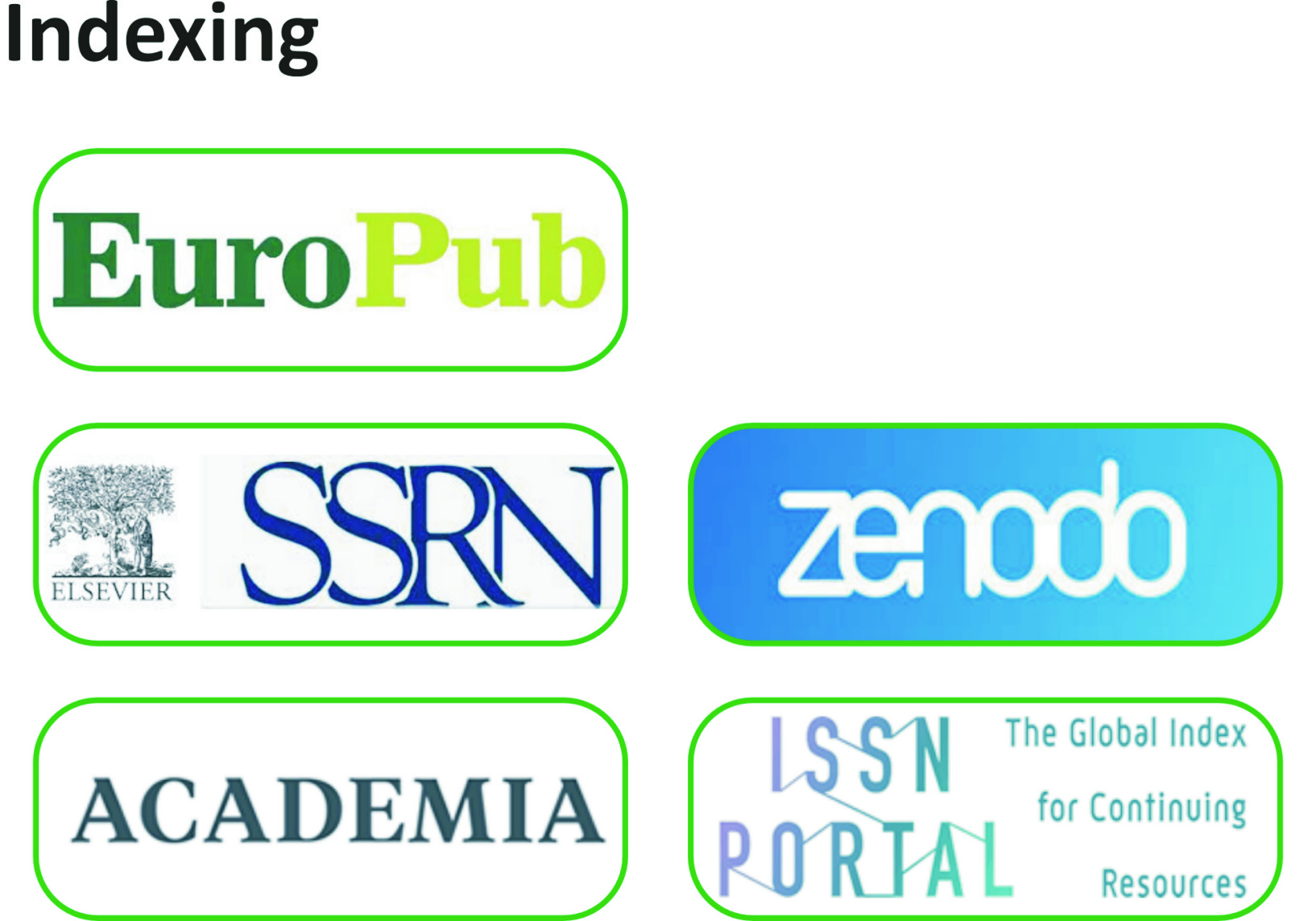Leveraging Blockchain Technology in Trade, Transaction fraud and Privacy: A study of Banking Sector in Pakistan by using Tree analysis
Abstract
This paper discusses blockchain in categories including trade, transaction fraud, and privacy, using statistical models and decision tree analysis. The trade category is quite large, with Node0 which incorporates the whole set and yielded Meg clearance length mean of 3.836 with a relatively large F = 245.8, p = 0.000. Mean values for Subgroups Node1, Node2, and Node3 are different, equal to 2.990, 4.281, and 4.155, respectively, also showing different impact at the blockchain set. As it concerns the main group of transaction frauds, Node0 has a mean of 3.941 for the dataset while subgroups Node1 to Node 4 show different patterns which proves the developers’ statements concerning relatively high fraud scores (F = 232.061, p = 0.000). The results in the privacy overall classification mean for the participant’s datasets show much variation ( F = 37.270, p = 0.000 ), where Node 0 contains the study and the other nodes, Node 1 and Node 2, compares the privacies of the participant’s data sets. Analysis with regression models also confirms blockchain’s impact based on high R² coefficients equal to 0.568 for trade and 0.707 for transaction fraud and positive coefficients at p = 0.000. Altogether, the established results further support that blockchain has an enormous potential in the mentioned and other fields, as well as reveal the methods of improving trade, avoiding fraud, and the significance of privacy.






